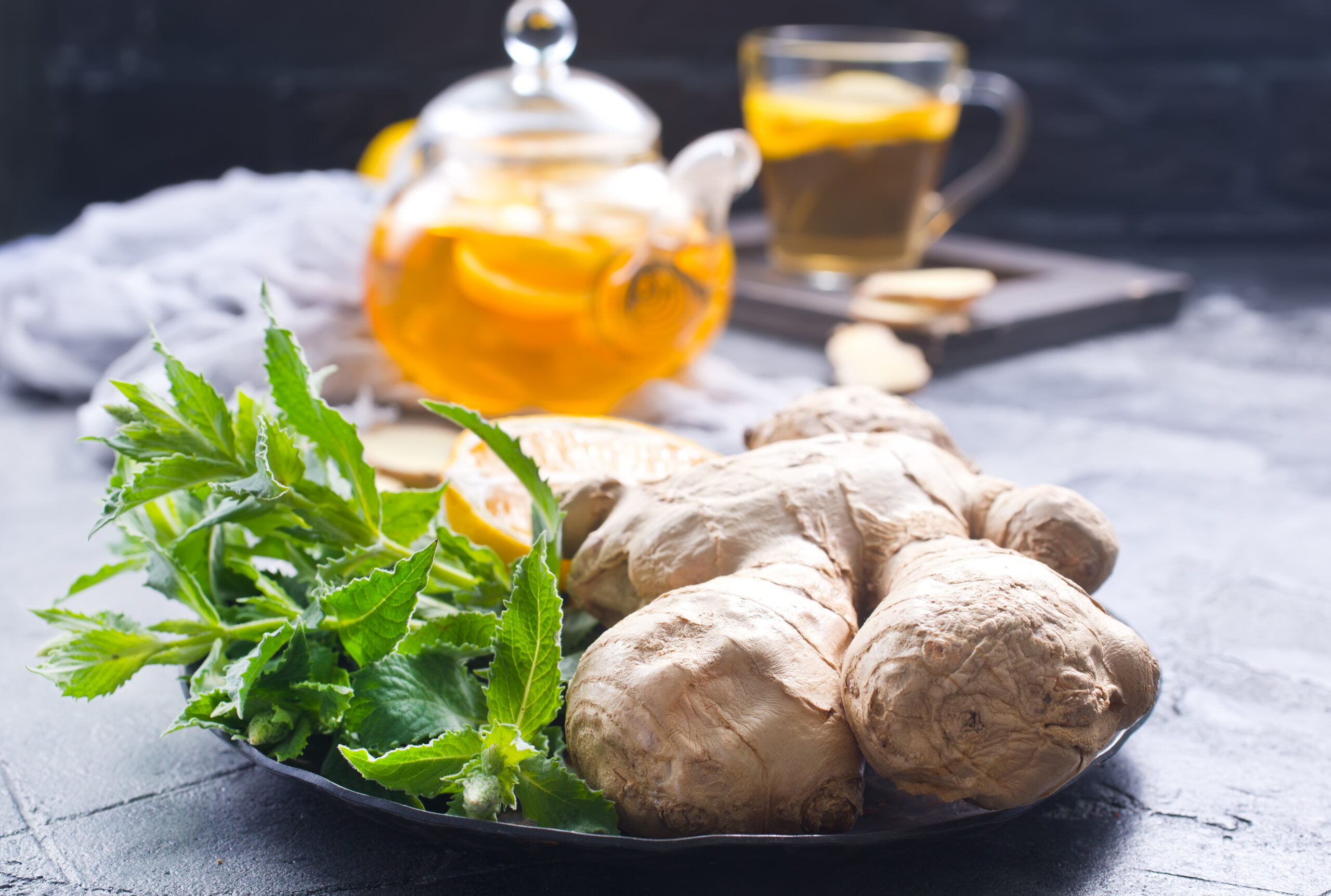1. Introduction
Foenegriek, more widely known as fenugreek, is one of the oldest medicinal plants in human history. Used both as a culinary spice and a natural remedy, it has a unique place in the food and health industries. Its slightly bitter seeds, aromatic leaves, and distinctive flavor profile have made it a staple in Indian curries, Middle Eastern breads, and even modern wellness supplements.
But is more than just a kitchen spice it’s a treasure chest of nutritional and medicinal benefits. From supporting digestion to balancing hormones, it plays a vital role in both traditional medicine and modern health practices.
Table of Contents
2. Historical Roots of Foenegriek
history goes back thousands of years. Ancient Egyptians used it in embalming, while Greek physicians prescribed it for wounds and inflammation. The Romans used seeds as animal fodder, hence the name “foenum-graecum” (Greek hay).
In South Asia, became an essential culinary ingredient and a medicinal herb in Ayurveda. Its reputation for improving women’s health, stimulating milk production in nursing mothers, and aiding digestion made it invaluable across generations.
3. Nutritional Profile
nutrient-dense. Its seeds and leaves contain:
- Proteins (helpful for muscle repair and overall strength)
- Iron (essential for healthy blood circulation)
- Magnesium (supports nerves and muscles)
- Vitamin B6 (boosts metabolism and cognitive function)
- Dietary Fiber (improves digestion and gut health)
- Antioxidants (protect cells from oxidative stress)
This powerful nutritional blend makes an excellent supplement for both culinary and medicinal purposes.
4. Culinary Uses Around the World
Indian Cuisine
In India, foenegriek is a core spice in curries, pickles, and spice blends like garam masala. The fresh leaves, called methi, are used in flatbreads (methi paratha), lentils, and stews.
Middle Eastern Cuisine
Middle Eastern cooks add foenegriek to bread doughs, spice pastes, and meat dishes. In Yemen, it is used in hilbeh, a traditional condiment made with ground seeds and garlic.
European Culinary Applications
In some parts of Europe, foenegriek flavors cheeses and breads. Its earthy taste is especially popular in Switzerland, where it is used to season traditional cheeses.
Modern Fusion Dishes
Today, chefs experiment with foenegriek in smoothies, teas, and even health bars. Its slightly bitter yet nutty flavor pairs well with honey, lemon, and ginger.
5. Medicinal Benefits of Foenegriek
Digestive Health
Foenegriek’s fiber-rich seeds support bowel regularity and soothe indigestion. Herbal teas made from can reduce bloating and acidity.
Blood Sugar Regulation
Research suggests helps regulate blood sugar levels by slowing carbohydrate absorption. This makes it beneficial for people managing type 2 diabetes.
Hormonal Balance
traditionally used to balance hormones, especially in women. It may help ease menstrual discomfort and support lactation in nursing mothers.
Anti-Inflammatory Properties
The plant contains compounds that fight inflammation, making it useful for joint pain, arthritis, and chronic inflammatory conditions.
Skin and Hair Health
Applied topically paste nourishes the skin, reducing acne and irritation. Its rich proteins also promote stronger, shinier hair.
6. Scientific Research and Evidence
Modern studies have confirmed many of foenegriek’s traditional uses. Clinical research shows positive effects on blood sugar control, cholesterol reduction, and hormonal balance. Antioxidant studies also highlight its potential in cancer prevention and anti-aging therapies.
7. Foenegriek in Traditional Medicine
Ayurveda
Ayurvedic texts describe foenegriek as a balancing herb for digestion, inflammation, and women’s health.
Chinese Medicine
In Traditional Chinese Medicine (TCM), foenegriek is used to warm the kidneys, strengthen yang energy, and relieve pain.
Folk Remedies in Europe and Africa
Foenegriek tea was traditionally consumed for fevers, while poultices of ground seeds were applied to wounds and boils.
8. How to Incorporate Foenegriek in Daily Life
As a Spice in Cooking
Sprinkle roasted foenegriek seeds in soups, curries, or breads.
Foenegriek Tea
Steep seeds in hot water with honey and lemon for a soothing herbal tea.
Supplements and Capsules
Health stores sell foenegriek capsules for those seeking concentrated health benefits.
Topical Applications
Mix foenegriek powder with yogurt or honey for a natural skin mask.
9. Possible Risks and Precautions
While generally safe should be used with caution:
- May cause mild digestive discomfort in some people.
- Pregnant women should consult doctors before high consumption.
- Excessive use may interfere with certain medications, especially blood thinners and diabetes drugs.
10. Future Potential of Foenegriek in Health and Food Industry
With the global push toward natural remedies and functional foods has enormous potential. Researchers are exploring its role in nutraceuticals, skincare, and alternative therapies. Its blend of culinary and medicinal applications ensures it will remain a vital herb for centuries to come.
11. Conclusion
more than a spice it’s a culinary treasure and a medicinal powerhouse. Its ability to enhance flavors, improve digestion, regulate blood sugar, balance hormones, and promote skin and hair health makes it indispensable in modern life.
Whether you enjoy it in a curry, sip it as tea, or take it as a supplement offers a natural way to nurture both body and mind.
Read More: Pappedeckel: Top Hoodies & Beauty Products for Skin Health

